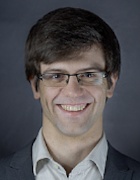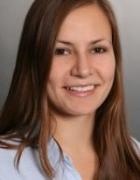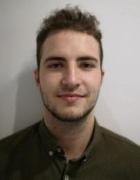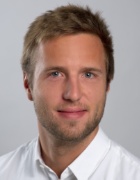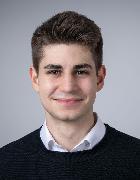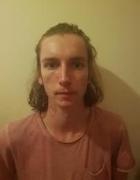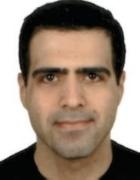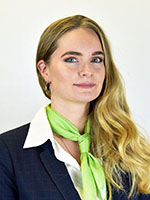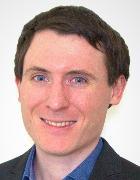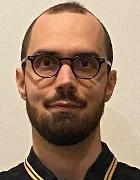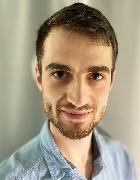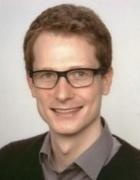Biomedizinische Physik
Prof. Franz Pfeiffer
Forschungsgebiet
Our interdisciplinary research portfolio is focused on the translation of modern x-ray physics concepts to biomedical sciences and clinical applications. We are particularly interested in advancing conceptually new approaches for biomedical x-ray imaging and therapy, and work on new kinds of x-ray sources, contrast modalities, and images processing algorithms. Our activities range from fundamental research using state-of-the-art, large-scale x-ray synchrotron and laser facilities to applied research and technology transfer projects aiming at the creation of improved biomedical device technology for clinical use. From a medical perspective, our work currently targets early cancer and osteoporosis diagnostics.
Adresse/Kontakt
James-Franck-Str. 1
85748 Garching b. München
+49 89 289 12552
Fax: +49 89 289 12548
Mitarbeiterinnen und Mitarbeiter der Arbeitsgruppe
Professorinnen und Professoren
| Photo | Akad. Grad | Vorname | Nachname | Raum | Telefon | |
|---|---|---|---|---|---|---|
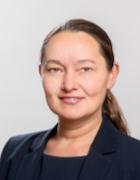
|
Prof. Dr. | Julia | Herzen | 082 | +49 89 289-10806 | |
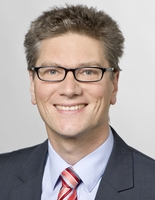
|
Prof. Dr. | Franz | Pfeiffer | 093 | +49 89 289-10827 |
Sekretariat
| Photo | Akad. Grad | Vorname | Nachname | Raum | Telefon | |
|---|---|---|---|---|---|---|

|
Nelly | de Leiris | 091 | +49 89 289 12552 |
Wissenschaftlerinnen und Wissenschaftler
| Photo | Akad. Grad | Vorname | Nachname | Raum | Telefon | |
|---|---|---|---|---|---|---|

|
Dr. | Klaus | Achterhold | 087 | +49 89 289-12559 | |
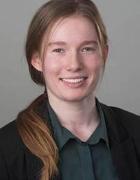
|
M.Sc. | Henriette | Bast | – | – | |

|
M.Sc. | Daniel | Berthe | – | +49 89 289-12754 | |

|
M.Sc. | Johannes | Brantl | – | +49 89 289-10846 | |

|
Dr. | Madleen | Busse | – | +49 89 289-10802 | |
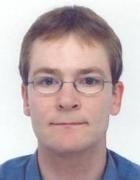
|
Dr. | Martin | Dierolf | E.204 | +49 89 289-10824 | |

|
M.Sc. | Tina | Dorosti Nadeali | – | – | |

|
M.Sc. | Benedikt | Günther | – | – | |
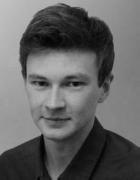
|
M.Sc. | Nikolai | Gustschin | – | +49 89 289-10843 | |

|
M.Sc. | Jakob | Häusele | – | +49 89 289-12326 | |

|
M.Sc. | Maximilian | Lochschmidt | – | +49 89 289-12591 | |
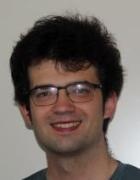
|
M.Sc. | Johannes | Melcher | 1.110 | +49 89 289-10846 | |
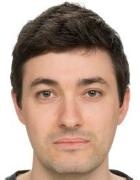
|
Dr. | Florian | Schaff | – | +49 89 289-10802 | |

|
Rafael Christian | Schick | – | – | ||

|
M.Sc. | Thorsten | Sellerer | 702 | +49 89 289-12672 | |

|
M.Sc. | Kirsten | Taphorn | – | +49 89 289-12562 | |

|
M.Sc. | Theresa | Urban | – | – | |

|
Dipl.-Phys. | Marian | Willner | 710 | – |
Studierende
| Photo | Akad. Grad | Vorname | Nachname | Raum | Telefon | |
|---|---|---|---|---|---|---|

|
Arathy | Bastin | – | – | ||

|
B.Sc. | Lennart | Forster | – | – | |

|
Patrick | Ilg | – | +49 89 289-10820 | ||

|
B.Sc. | Lennard | Kaster | – | – | |

|
B.Sc. | Michael | Mörtl | – | +49 89 289-10883 | |

|
B.Sc. | Gloria | Müller | – | – | |

|
B.Eng. | Kacper | Ogórek | – | – | |

|
B.Sc. | Annika | Ries | – | – | |

|
B.Sc. | Mikhail | Samsonov | – | +49 89 289-10883 | |

|
B.Sc. | Oliver | Schurius | – | – | |

|
B.Eng. | Merrin | Tharakan | – | +49 89 289-10820 | |
Andere Mitarbeiterinnen und Mitarbeiter
Lehrangebot der Arbeitsgruppe
Lehrveranstaltungen mit Beteiligung der Arbeitsgruppe
Abgeschlossene und laufende Abschlussarbeiten an der Arbeitsgruppe
- Deep Learning-Based Denoising of Limited-Angle, Sparse-View CT As Post-Processing Method for Chest CT Applications
- Abschlussarbeit im Masterstudiengang Physics (Applied and Engineering Physics)
- Themensteller(in): Franz Pfeiffer
- Dynamic X-Ray Dark-Field Imaging at a Compact Synchrotron Source
- Abschlussarbeit im Masterstudiengang Physik (Biophysik)
- Themensteller(in): Franz Pfeiffer
- Advanced Image Processing for Clinical Darkfield Chest X-Ray Applications
- Abschlussarbeit im Masterstudiengang Physics (Applied and Engineering Physics)
- Themensteller(in): Franz Pfeiffer
- Measurement of AXR in cell lines undergoing different forms of cell death
- Abschlussarbeit im Masterstudiengang Physik (Biophysik)
- Themensteller(in): Julia Herzen
- Post-Processing Algorithms for X-ray Dark-Field Computed Tomography
- Abschlussarbeit im Masterstudiengang Physik (Kern-, Teilchen- und Astrophysik)
- Themensteller(in): Franz Pfeiffer
- Motion Correction in Nuclear Medicine: Quantitative and Qualitative Analysis of Conventional Image Registration Methods in Clinical Cardiac Imaging
- Abschlussarbeit im Masterstudiengang Physics (Applied and Engineering Physics)
- Themensteller(in): Franz Pfeiffer
